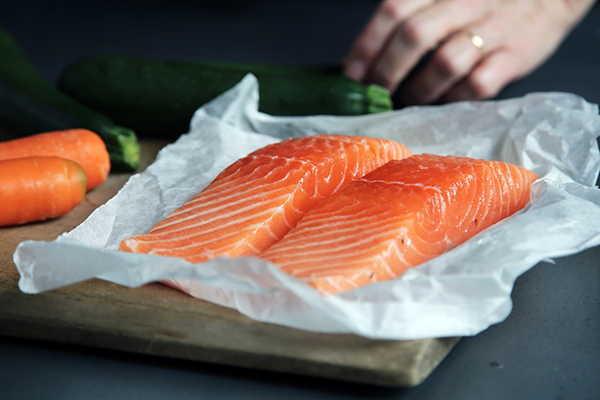Maximizing protein content while minimizing fat and calories is a goal of many people. The ones who are trying to lose weight, gain fitness or just enjoy a healthier diet. There are few foods that combine low fat, low calories and high protein. Fish and seafood are the ones.
In addition, the protective oils in much cold water fish are being studied for their possible role in preventing heart disease and lowering levels of cholesterol in the blood.
The Benefits of A Fish Dish
Additionally, fish dishes are delicious, easy to prepare and often inexpensive. Many people have avoided buying more fish because they were unsure of how to cook and prepare it. While fish dishes can sometimes be a challenge, there are many recipes, both online and in cookbooks. This way makes it easier than ever to prepare fresh fish for yourself and your family.

Many nutritionists recommend that everyone eat fish at least twice a week. Substituting low fat, low-calorie fish dishes for more calorie dense, fatty meats is a great way to lower the amount of total fat in your diet. This can boost your level of fitness or help you lose weight.
The amount of protein in fresh and frozen fish and seafood is very high, certainly comparable to higher fat sources like beef, pork, and lamb. And fish is generally thought to be a healthier choice since all that protein comes with less fat and fewer calories. Everyone knows about the importance of protein in the diet, for both children and adults. Protein is a vital building block of muscle. It plays an integral role in repairing muscle damage, growing strong nails and hair and other important bodily functions.
While animal-based foods such as meat, poultry, seafood, eggs, and dairy products mainly include protein, there are plant-based sources of protein as well. These non-animal sources of protein include peanut butter, lentils, peas, and nuts. The downside to many protein laden plant-based foods, however, is their high content.
A Low-fat full of Protein Food
This is yet another feature that makes fish so appealing as a source of protein. Fish contains just as much protein as many of these higher fats, higher calorie sources. Eating fish provides – shall we say – a greater protein bang for the buck than many other sources.
You may have heard that salmon contains a lot of fat. It is true that salmon does contain more fat than much other fish. Compared to high-fat meats like sausage and bacon, however, salmon is still a relatively low-fat source of protein. Like other fatty foods, however, it is important for those watching their fat intake to limit their consumption of salmon.

One advantage fish has over other types of meats is the type of fat it contains. Most meats contain saturated fats, which are solid at room temperature. Unlike cattle, pigs and other land animals, the fat in fish is of the polyunsaturated variety. Polyunsaturated fats are liquid at room temperature, and they are healthier fats for the people who consume them.
Saturated fats play a greater role in heart disease, stroke, and hardening of the arteries. That is why healthy cooking typically involves the use of polyunsaturated fats such as canola oil and olive oil.
Many people worry about the level of pollution in general, and mercury contamination in particular, in fish. While it is true that polluted waters are of some concern when it comes to fish, seafood products are actually quite safe to eat.
In addition, many types of fish, like salmon and sardines, are farm raised, and their diet and environment is strictly controlled. The local fishing and hunting authority usually issues guidelines for eating fish in areas where pollution is a problem.







